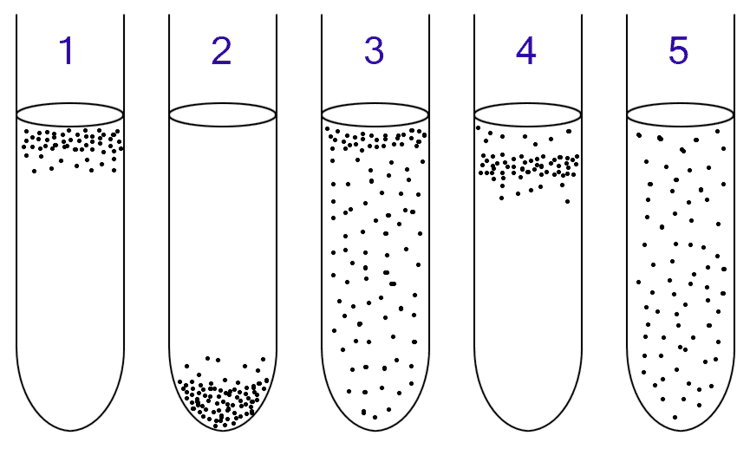 | ||
Representative species Brewer's yeast, Shewanella oneidensis, Streptococcus mutans, Streptococcus thermophilus, Staphylococcus haemolyticus Similar Anaerobic respiration, Obligate anaerobe, Obligate aerobe | ||
Facultative anaerobic organism top 10 facts
A facultative anaerobe is an organism that makes ATP by aerobic respiration if oxygen is present, but is capable of switching to Fermentation or Anaerobic respiration if oxygen is absent. An Obligate aerobe, by contrast, cannot make ATP in the absence of oxygen, and Obligate anaerobes die in the presence of oxygen.
Contents

Some examples of facultatively anaerobic bacteria are Staphylococcus spp., Streptococcus spp., Escherichia coli, Listeria spp. and Shewanella oneidensis. Certain eukaryotes are also facultative anaerobes, including fungi such as Saccharomyces cerevisiae and many aquatic invertebrates such as Nereid (worm) polychaetes.
Bacteria oxygen requirements
References
Facultative anaerobic organism Wikipedia(Text) CC BY-SA
